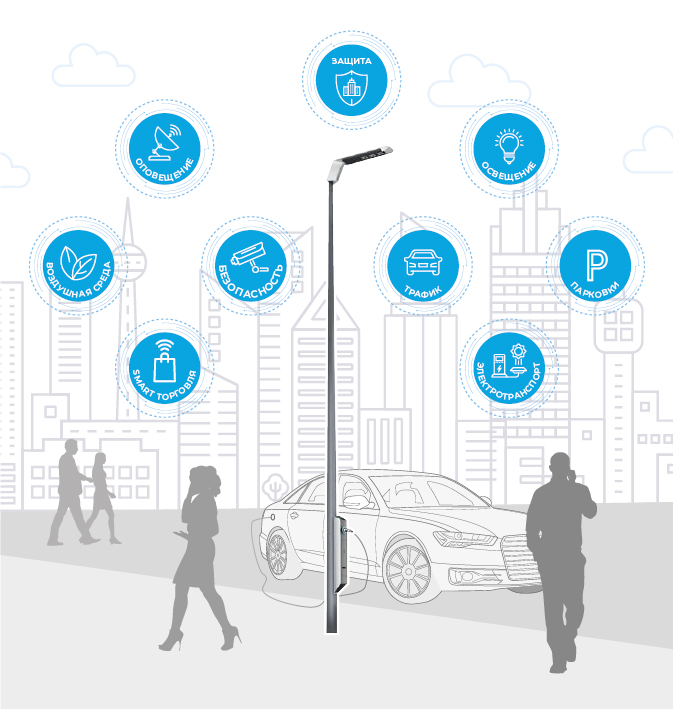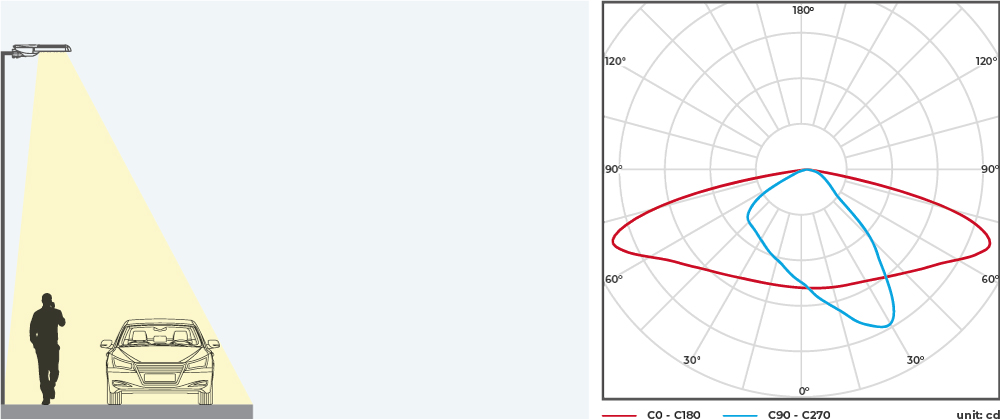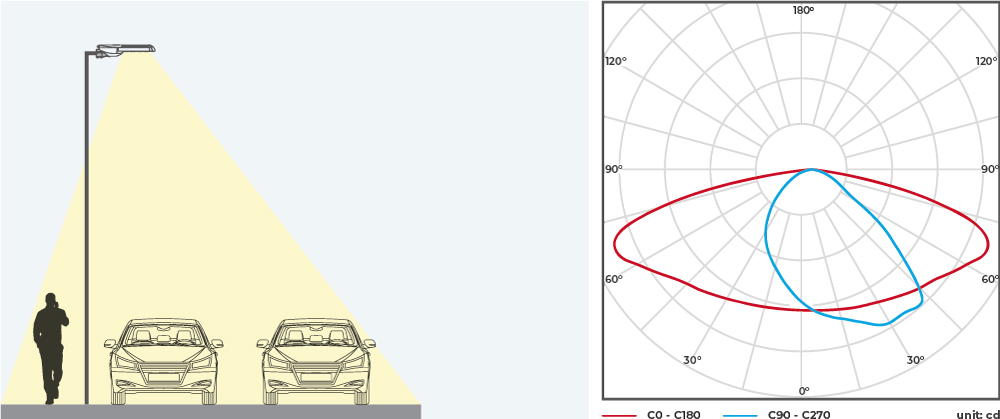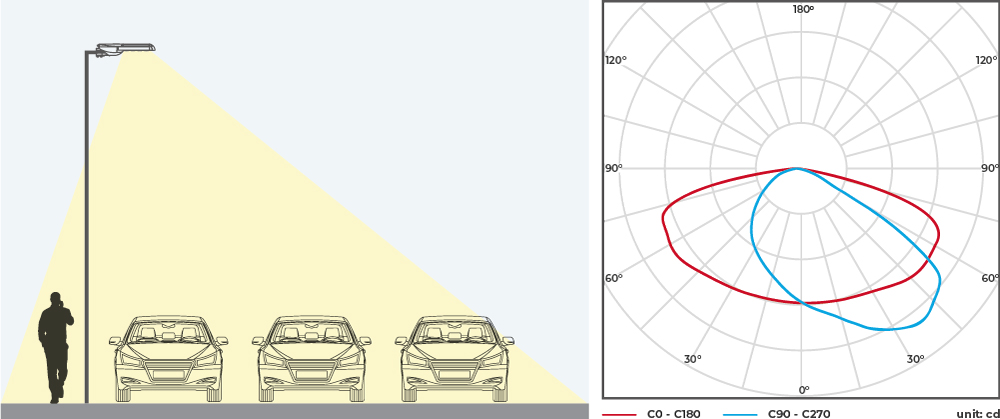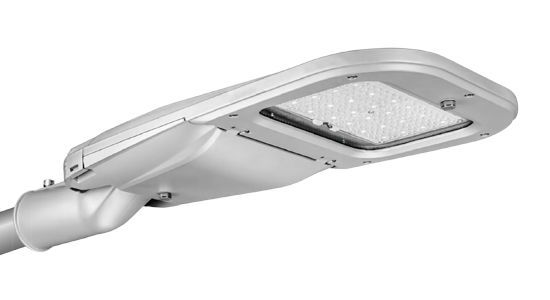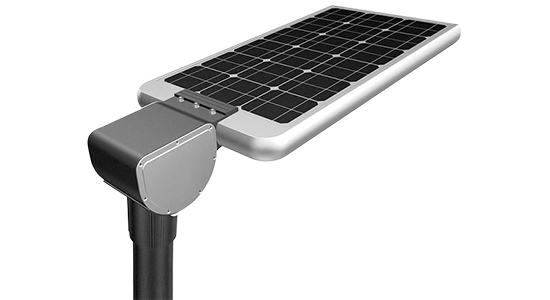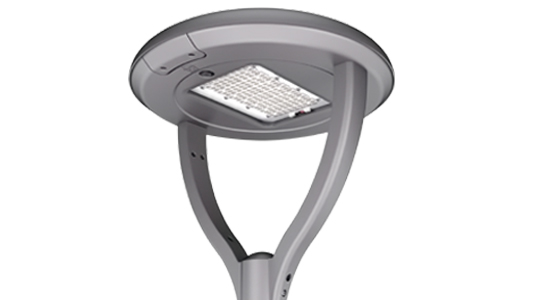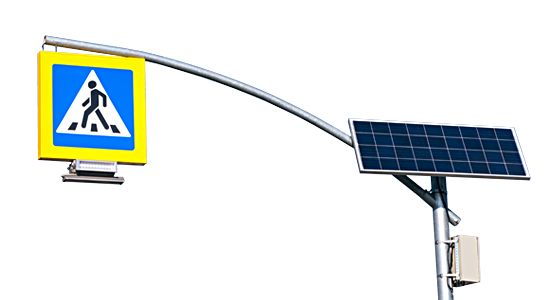THE ROLE OF LED STREET ILLUMINATION IN CREATING A “SMART CITY”
The initiatives of the “Smart City” provide akimats with an unprecedented opportunity to use the latest technologies to improve the viability and sustainability of urban infrastructure. Using a network of sensors and monitors, you can collect and interpret data to get valuable information about how the city works, for example, in the areas of security, transportation systems, energy and the environment, health care and social assistance.
Connecting to LED street lighting is an incentive for a wider reconstruction of the aging urban infrastructure, as well as further innovation in the development of smart cities and IoT ecosystems. It also provides an opportunity to build a safe urban lighting network with an expanding range of products and services for city residents.
Unprecedented energy savings of 50% of street LED lighting compared to traditional lighting (and up to 80% in conjunction with intelligent systems) clearly demonstrate the need to introduce LEDs in urban lighting.
A smart lighting system brings immediate benefits to the city, providing the ability to remotely control and monitor lighting systems for urban services.



